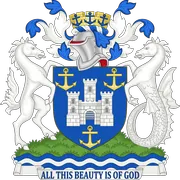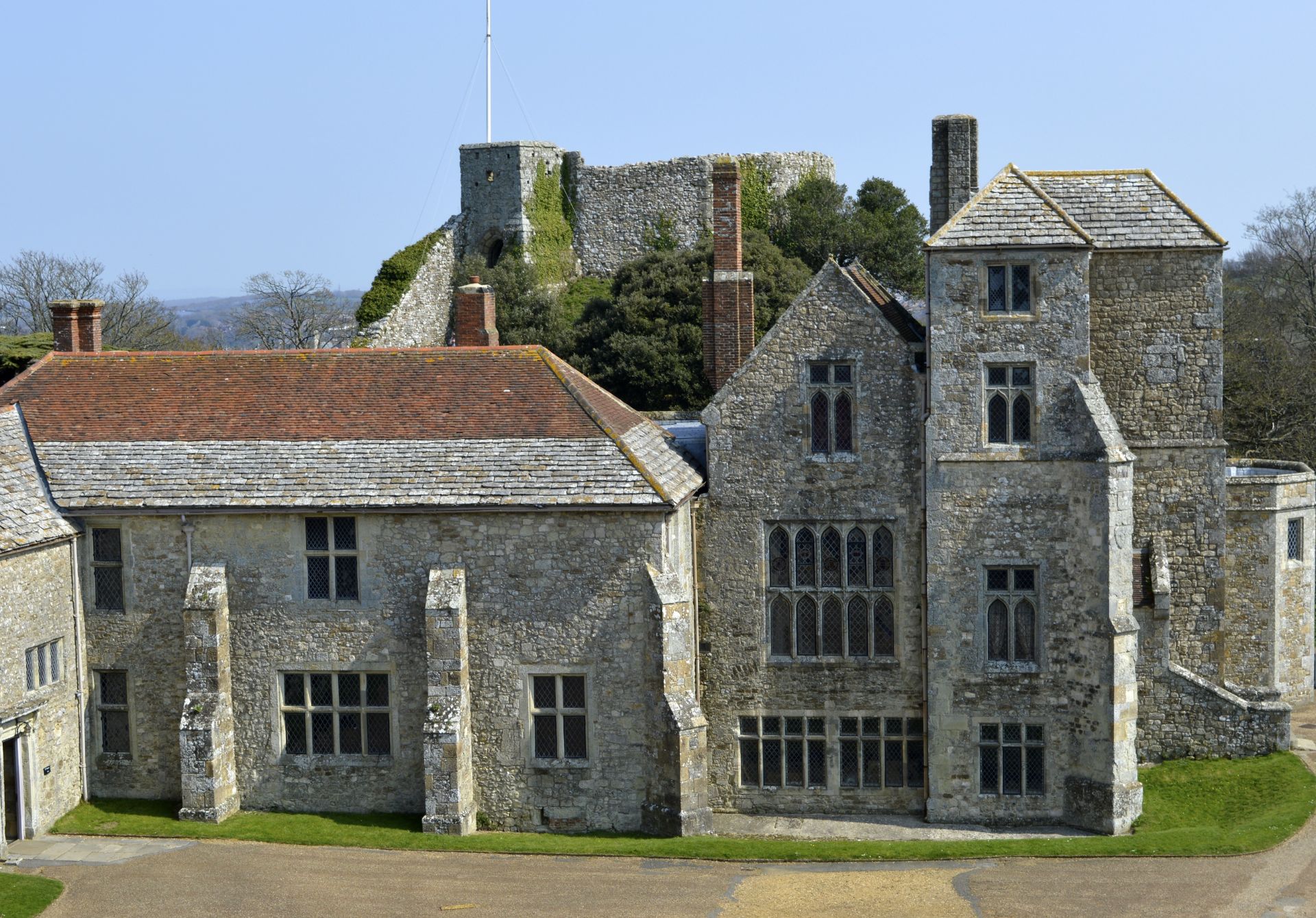Perched atop a hill overlooking the picturesque Isle of Wight, Carisbrooke Castle stands as a testament to nearly 1,000 years of English history. From its Norman origins to its role in the English Civil War, this formidable fortress has witnessed centuries of political intrigue, architectural evolution, and cultural change. Let’s delve into the fascinating story of Carisbrooke Castle and explore its significance in shaping the history of the Isle of Wight and England as a whole.
Origins and Early History
The origins of Carisbrooke Castle date back to the 11th century, shortly after the Norman Conquest of 1066. The site was originally a Saxon burh, or fortified settlement, but it was William FitzOsbern, a Norman lord and cousin of William the Conqueror, who began the construction of the stone castle we see today.
Over the following centuries, the castle was gradually expanded and strengthened. King Henry I added the stone keep in the 12th century, while further fortifications were implemented during the reign of Elizabeth I in response to the threat of Spanish invasion. These improvements included the addition of gun platforms and the construction of the distinctive star-shaped outer walls, designed to withstand artillery fire.
The English Civil War and Charles I
Perhaps the most famous chapter in Carisbrooke Castle’s history occurred during the English Civil War (1642-1651). In 1647, King Charles I sought refuge at the castle after fleeing Hampton Court Palace. However, what he hoped would be a safe haven turned into a gilded cage. The king was held prisoner at Carisbrooke for fourteen months, during which time he made several unsuccessful escape attempts.
One particularly dramatic escape attempt involved the king trying to squeeze through the bars of his bedroom window. Unfortunately for Charles, he became stuck and was forced to abandon the plan. This episode has become a part of the castle’s folklore and is often recounted to visitors today.
Despite his captivity, Charles continued to negotiate with both Parliament and the Scots, hoping to regain his throne. However, these negotiations ultimately failed, and Charles was moved to London in 1648, where he was tried for treason and executed the following year.
Architectural Features and Attractions
Carisbrooke Castle boasts a wealth of architectural features that showcase its long and varied history. Some of the most notable attractions include:
-
- The Norman Keep: The oldest part of the castle, offering panoramic views of the Isle of Wight from its roof.
- The Elizabethan Defenses: Including the star-shaped bastions and the gatehouse, which demonstrate the evolution of military architecture in response to the development of gunpowder weapons.
- The Well-House: Home to the famous donkey wheel, where donkeys once drew water from the castle’s deep well. Demonstrations of this unique feature are still performed for visitors today.
- St. Nicholas Chapel: A beautifully preserved 13th-century chapel within the castle grounds, featuring intricate stonework and a peaceful atmosphere.
- The Bowling Green: A testament to the castle’s later use as a leisure residence, this expansive lawn offers a stark contrast to the military fortifications surrounding it.
The Castle’s Later Years and Present Day
After the tumultuous events of the Civil War, Carisbrooke Castle continued to play a role in English history, albeit a less dramatic one. In the 18th and 19th centuries, it served as the official residence of the Governor of the Isle of Wight. Perhaps the most famous occupant during this period was Princess Beatrice, youngest daughter of Queen Victoria, who lived at the castle from 1896 to 1944.
Today, Carisbrooke Castle is managed by English Heritage and is open to the public as a major tourist attraction. Visitors can explore the castle’s many features, including the museum housed in the castle’s Great Hall. This museum, founded by Princess Beatrice, contains a fascinating collection of artifacts related to Charles I and the history of the Isle of Wight.
The castle also hosts various events throughout the year, including historical reenactments, falconry displays, and educational programs for schools. These activities help to bring the castle’s rich history to life for visitors of all ages.
Carisbrooke Castle stands as a remarkable testament to the enduring nature of English history. From its Norman foundations to its Tudor fortifications and Stuart-era drama, the castle encapsulates nearly a millennium of architectural and political evolution. Its walls have witnessed the rise and fall of kings, the changing face of warfare, and the transformation of England from a medieval kingdom to a modern nation.
As visitors walk the ramparts, explore the keep, or watch the donkeys turn the great wheel, they are not merely observing static relics of the past. Instead, they are engaging with a living monument that continues to educate, inspire, and connect us to our shared heritage. Carisbrooke Castle remains, as it has for centuries, a sentinel of history on the Isle of Wight – a place where the past comes alive and where the stories of those who came before us continue to resonate with power and relevance.

